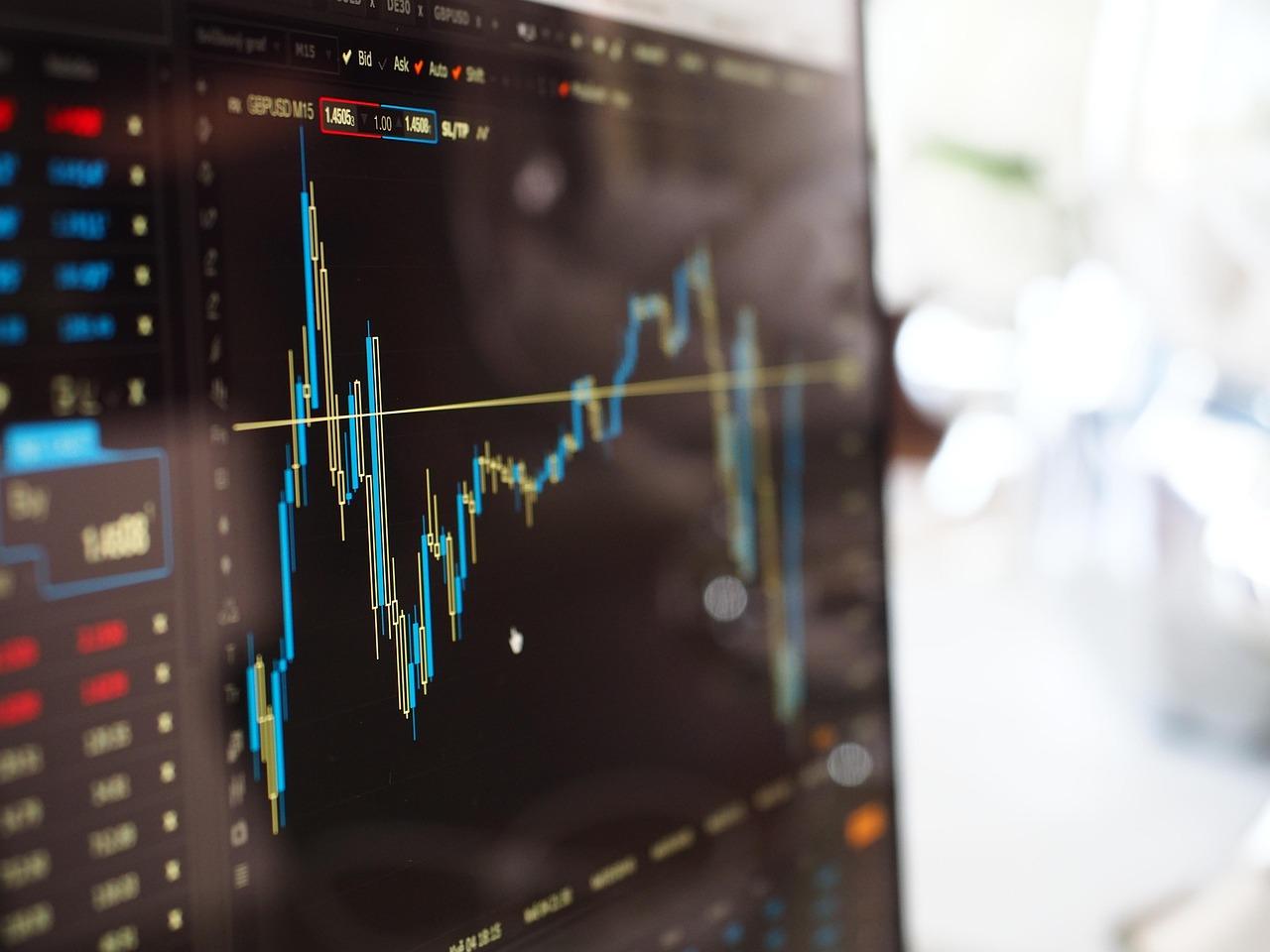
The Indian stock market has witnessed multiple corrections over the years, each marked by a decline in the Nifty index and a corresponding fall in its Price-to-Earnings (PE) ratio. Understanding past market corrections can provide insights into current market trends and potential future movements.
Let's analyze key historical corrections and how the Nifty PE ratio reacted in each case.
Major Nifty Corrections & PE Bottoms
1. The 2008 Global Financial Crisis
Nifty Correction: -60%
Bottom PE: 11
The 2008 financial crisis was one of the worst market crashes in history. Triggered by the collapse of Lehman Brothers and the subsequent global economic downturn, Indian markets also faced a severe sell-off. Nifty fell nearly 60%, and the PE ratio bottomed out at 11, presenting one of the best buying opportunities for long-term investors.
2. The 2020 COVID-19 Crash
Nifty Correction: -40%
Bottom PE: 17.6
In early 2020, the COVID-19 pandemic led to an unprecedented global lockdown, sparking panic selling across financial markets. Nifty plummeted by 40% in a matter of weeks. However, due to aggressive fiscal and monetary stimulus, the recovery was swift. The PE ratio hit a low of 17.6 before rebounding strongly.
3. The 2021-22 Correction
Nifty Correction: -18%
Bottom PE: 19
Unlike previous crashes, the 2021-22 correction was more of a prolonged phase of consolidation and decline. Rising inflation, interest rate hikes by the U.S. Federal Reserve, and geopolitical tensions (such as the Russia-Ukraine conflict) led to increased volatility. The Nifty corrected around 18% before finding support at a PE ratio of 19.
4. The 2025 Scenario: What’s Next?
Current Nifty PE: 19.9
As of 2025, the Nifty PE ratio stands at 19.9, which is close to previous correction lows. While this is higher than the extreme bottoms seen in 2008 and 2020, it is still within a reasonable range compared to historical trends.
This raises an important question: Are we at or near a market bottom, or could further corrections be ahead?
Key Takeaways from History
1. Deep Corrections Lead to Low PE Ratios: The biggest crashes (2008 and 2020) resulted in PE ratios dropping significantly, making valuations very attractive for long-term investors.
2. Milder Corrections Have Higher PE Bottoms: The 2021-22 correction saw a bottom at PE 19, indicating that markets don’t always need to crash deeply for a correction to play out.
3. Current Valuations Suggest a Critical Juncture: With Nifty’s PE at 19.9, investors should closely monitor global and domestic economic trends to gauge whether we are near a bottom or if further downside is possible.
While history doesn’t repeat itself exactly, it often rhymes. If we compare past corrections, the current Nifty PE suggests that valuations are reasonable but not at extreme lows. Investors should consider factors such as earnings growth, interest rates, and global market trends before making investment decisions.
Disclaimer:
The information in this article is for educational and informational purposes only and should not be considered as financial advice. Stock market investments are subject to market risks. Please do your own research or consult a financial advisor before making investment decisions.




